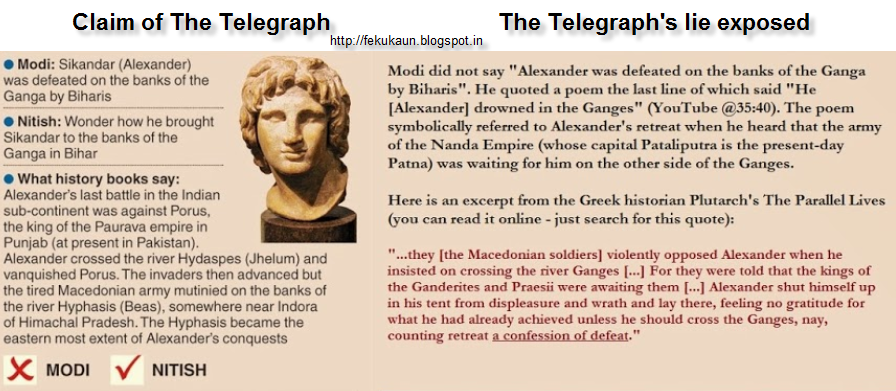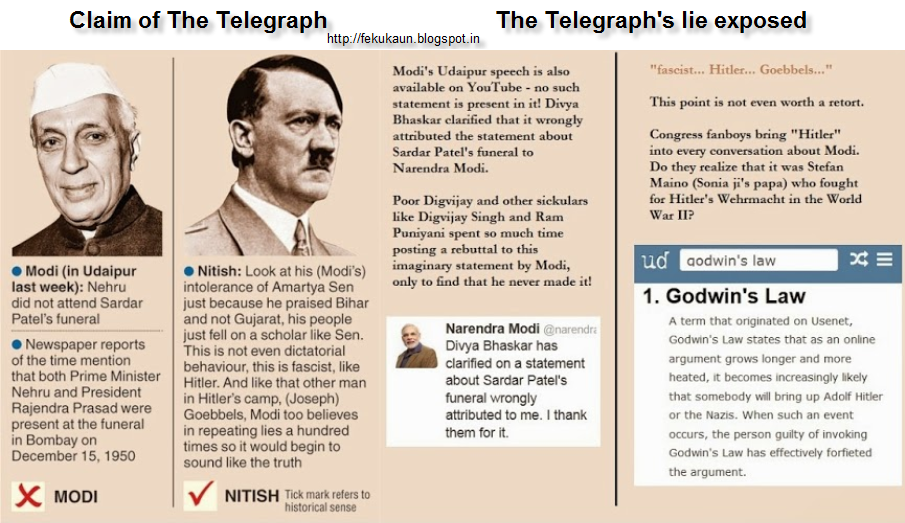
MUMBAI – MAHARASHTRA – INDIA FEBUARY 14 , 2013 11.25 P.M.
When in the beginning of January 2013 , President of India Pranab Mukherjee went to Bharatiya Vidya Bhavan headquarters in Mumbai and paid tribute to K. M. Munshi , I suddenly realized that my favourite icon , a freedom fighter and an extraordinary litterateur of India has completed 125 years of his existence .

K. M. Munshi
I have read Hindi translations of almost all his novels . I particularly love his historical and mythological novels like ; Jai Somnath and Bhagwan Parashuram . During my adolescent years I was enamoured by his personality . His role and contribution in the re-construction of Somnath Temple is unparalleled . It speaks volumes about his character and determination that he could achieve this feat , though Jawaharlal Nehru was dead against the idea .


K. M. Munshi was born on 30 December 1887 in the town of Bharuch in Gujarat, and educated in Vadodara , where he excelled in academics. One of his teachers at Baroda College was Sri Aurobindo Ghosh who had a profound impression on him. Munshi was also greatly influenced by Mahatma Gandhi, Sardar Patel, Bhulabhai Desai, and Mohammed Ali Jinnah. After acquiring his degree in Law from the University of Bombay, he enrolled himself as an advocate in 1913 . About this time his first novel was being serialised in a Gujarati weekly.
Under Sri Aurobindo‘s influence, Munshi was attracted to armed rebellion against the British. He even learnt to make bombs, but when he moved to Bombay in 1915, he drifted towards the Home Rule Movement, and was later elected member of the Subjects Committee of the Indian National Congress in 1917. He started the movement for a Parliamentary wing of the Congress, and later became Secretary of the Congress Parliamentary Board in 1938. The same year he founded the well-known Bharatiya Vidya Bhavan and Institute of Agriculture at Anand, Gujarat.

Bharatiya Vidya Bhavan – Mumbai
Munshi was an active participant in the Indian Independence Movement ever since the advent of Mahatma Gandhi. He joined the Swaraj Party but returned to the Indian National Congress on Gandhiji‘s behest with the launch of the Salt Satyagraha in 1930. He was arrested several times, including during the Quit India Movement of 1942. A great admirer of Sardar Vallabhbhai Patel, Munshi served in the Central Legislative Assembly in the 1930s.
After the independence of India, Munshi was appointed diplomatic envoy and trade agent (Agent-General) to the princely state of Hyderabad, where he served until its accession to India in 1948. Munshi was on the ad hoc Flag Committee that selected the Flag of India in August 1947, and on the committee which drafted the Constitution of India under the chairmanship of B. R. Ambedkar. He and Purushottam Das Tandon were among those who strongly opposed propagation and conversion in the constituent assembly. He was also the main driving force behind the renovation of the historically important Somnath Temple by the Government of India just after independence.
Munshi served as the Governor of Uttar Pradesh from 1952 to 1957. In 1959, Munshi separated from the Nehru-dominated Congress Party and started the Akhand Hindustan Movement. He , along with Chakravarti Rajagopalachari , founded the Swatantra Party, which was right-wing in its politics, pro-business, pro-free market economy and private property rights. The party enjoyed limited success and eventually died out. Later, Munshi joined the Jan Sangh.
Being a prolific writer and a conscientious journalist, Munshi started a Gujarati monthly called Bhargava. He was joint-editor of Young India and in 1954, started the Bhavan’s Journal which is published by the Bharatiya Vidya Bhavan to this day. Munshi was President of the Sanskrit Viswa Parishad, the Gujarati Sahitya Parishad, and the Hindi Sahitya Sammelan.

Bharatiya Vidya Bhavan (Photo credit: Wikipedia)
Apart from founding Bharatiya Vidya Bhavan, Munshi was instrumental in the establishment of Bhavan’s College, Hansraj Morarji Public School, Rajhans Vidyalaya, Rajhans Balvatika and Panchgani Hindu School (1924). He was elected Fellow of the University of Bombay, where he was responsible for giving adequate representation to regional languages.
Besides being a politician and educator, Munshi was also an environmentalist. He initiated the Vanmahotsav in 1950, when he was Union Minister of Food and Agriculture, to increase area under forest cover. Since then Van Mahotsav a week-long festival of tree plantation is organised every year in the month of July all across the country and lakhs of trees are planted.
Works
Munshi was also a litterateur with a wide range of interests. He is well-known for his historical novels in Gujarati, especially his trilogy Patan-ni-Prabhuta (The Greatness of Patan), Gujarat-no-Nath (The Ruler of Gujarat) and Rajadhiraj (The Emperor). His other works include Jay Somnath (on Somnath temple), Krishnavatara (on Lord Krishna), Bhagavan Parasurama (on Parshurama), and Tapasvini (The Lure of Power) a novel with a fictional parallel drawn from the Freedom Movement of India under Mahatma Gandhi. Munshi also wrote several notable works in English.
Munshi has written mostly based on fictional historical themes namely
- Earlier Aryan settlements in India (What he calls Gaurang’s – white skinned)
- Krishna’s endeavors in Mahabharata kaal
- More recently in 10th century India around Gujarat, Malwa and Southern India.
K.M. Munshi’s novel Prithvi Vallabh was made into a movie of the same name twice. The adaptation directed by Manilal Joshi in 1924 was very controversial in its day: Mahatma Gandhi railed against it for excessive sex and violence. The second version was by Sohrab Modi in 1943.

List of works
Novels
In Gujarati & Hindi languages :-
- Mari Kamala (1912)
- Verni Vasulat (1913) (under the pen name Ghanashyam)
- Patanni Prabhuta (1916)
- Gujaratno Nath (1917)
- Rajadhiraj (1918)
- Prithvivallabh (1920)
- Svapnadishta (1924)
- Lopamudra (1930)
- Jay Somanth (1940)
- Bhagavan Parashurama (1946)
- Tapasvini (1957)
- Krishnavatara (in seven volumes) (1970)
- Kono vank
- Lomaharshini
- Bhagvan Kautilya
- Pratirodha (1900)
- Atta ke svapana (1900)
- Gaurava kā pratīka (1900)
- Gujarat ke Gaurava (1900)
- Sishu aura Sakhi (1961)
Dramas
- Brahmacharyashram (1931)
- Dr. Madhurika (1936)
- Pauranik Natako
Non-fiction
- Ketlak Lekho (1926)
- Adadhe Raste (1943)
Notable works in English
19.017615
72.856164
Filed under: Makers of India | Tagged: 125 Years of K. M. Munshi, Acting Institute, Acting Trainer, B. R. Ambedkar, Bhagavan Parasurama, Bhagvan Parashuram, Bharatiya Vidya Bhavan, Bhavan's College, Bhavan's Journal, Books of K. M. Munshi, Chakravarthy Rajagopalachari, Congress, Constituent Assembly of India, Constitution of India, Diction Trainer, Flag Committee of India, Gujarat, Gujarati Sahitya Parishad, Hindi Sahitya Sammelan, Hindi Teacher, Historical Novels of K. M. Munshi, Home Rule Movement, Hyderabad State, India, Indian Independence Movement, Indian National Congress, Jai Somnath, Jan Sangh, Jawaharlal Nehru, K. M. Munshi, Kamal Nayan Chaturvedi, Kanaiyalal Maneklal Munshi, Krishnavatara, Maharashtra, Maharshi Aurobindo, Mahatma Gandhi, Makers of India, Mohammed Ali Jinnah, Mumbai, MUMBAI - MAHARASHTRA - INDIA, Mythological Novels of K. M. Munshi, Politics, Pranab Mukherjee, Prithvi Vallabh, Purushottam Das Tandon, Quit India Movement, Salt Satyagraha, Sardar Patel, Sardar Vallabhbhai Patel, Sohrab Modi, Somnath Temple, Sri Aurobindo, Swaraj Party, Swatantra Party, Uttar Pradesh, Vidur, Vidur Chaturvedi, Vidur on Twitter, Vidur's Blog, Vidur's Kreating Charakters, Vidur's Students | 1 Comment »










 Kiran Kumar S
Kiran Kumar S 













